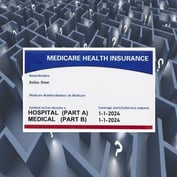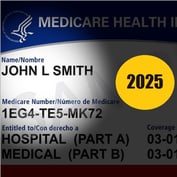Courts Grapple With ERISA Ruling
A sweeping 2004 U.S. Supreme Court decision extracted most, but not all, of the teeth from state patients rights laws.
In Aetna Health Inc. vs. Davila, the Supreme Court ruled unanimously that the Texas Health Care Liability Act was pre-empted because it conflicted with the Employee Retirement Income Security Act.
Although few lower courts have directly applied Davila to other states patients rights laws, the initial trend suggests that states will still be able to regulate the procedures that govern health and disability plans. But participants will not be able to turn to state courts for help if they find themselves in a dispute with an ERISA-governed plan.
When the Supreme Court heard arguments on the Texas law in March 2004, Texas and 11 other states had statutes that attempted to make damages, including punitive damages, available in lawsuits involving health maintenance organization decisions dealing with medical treatment. The plan participants in the 2 cases that were before the Supreme Court had sought damages from their HMOs.
Damages are not recoverable in a federal lawsuit for benefits under ERISA.








 April 06, 2005 at 08:00 PM
April 06, 2005 at 08:00 PM










